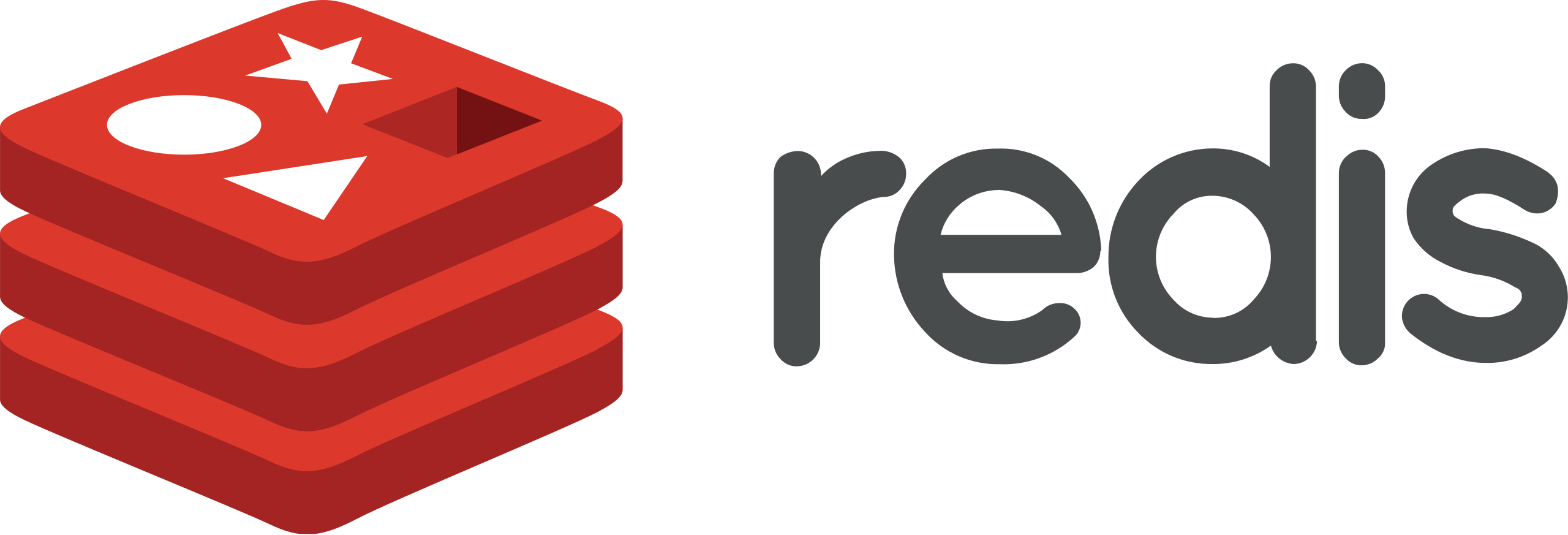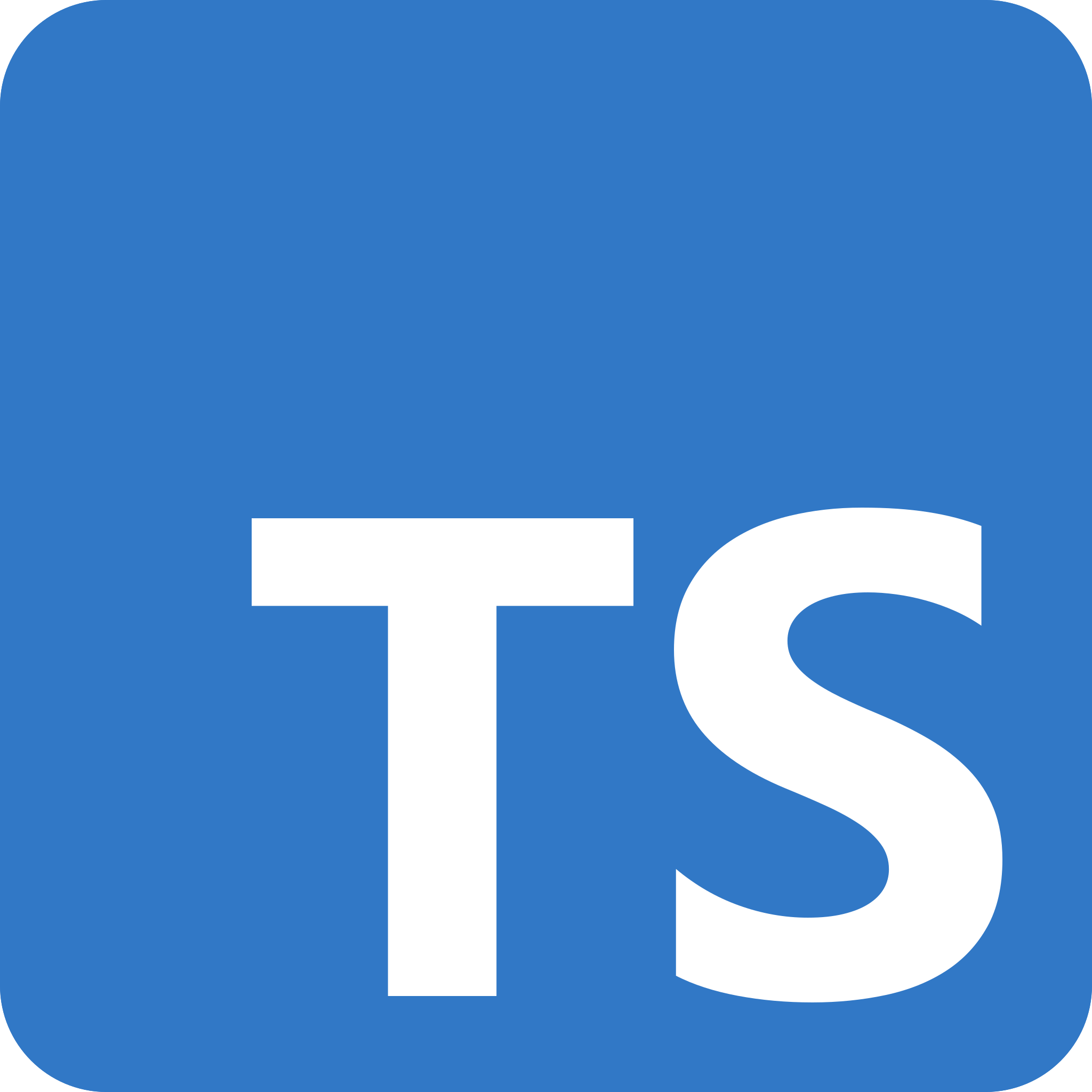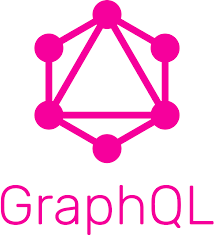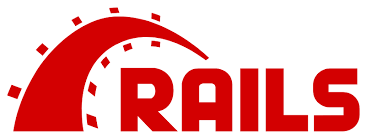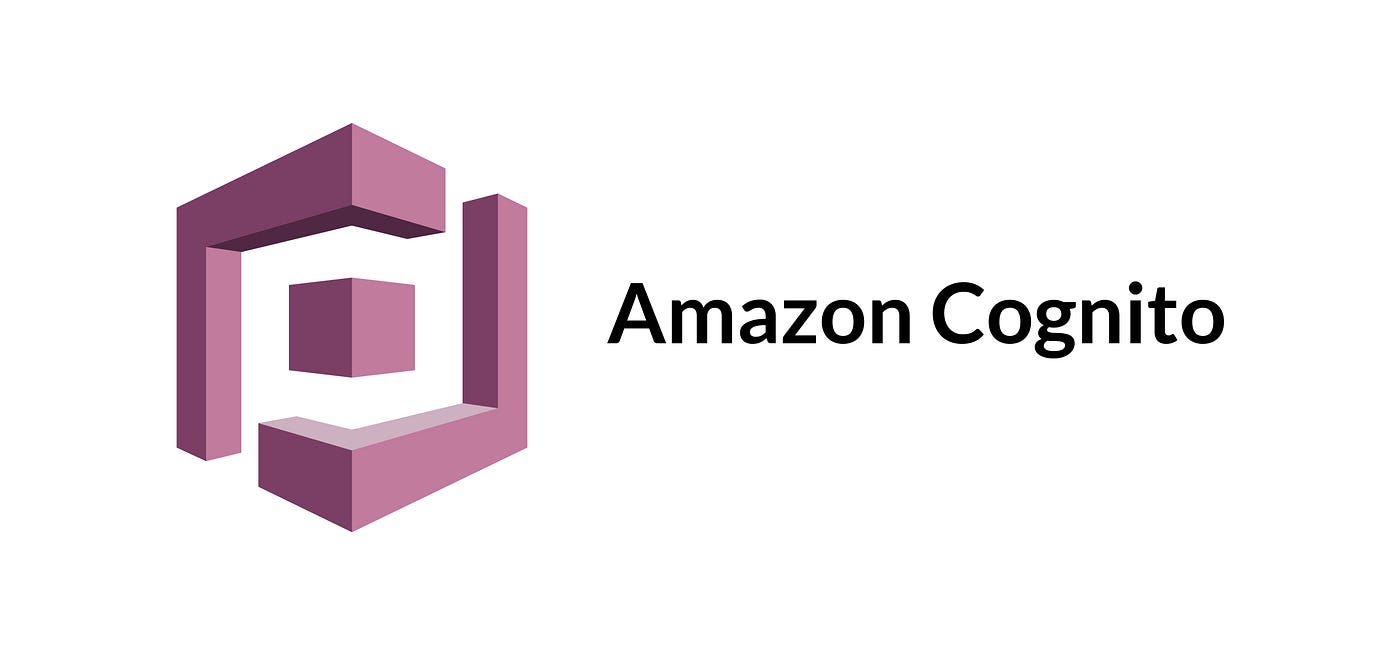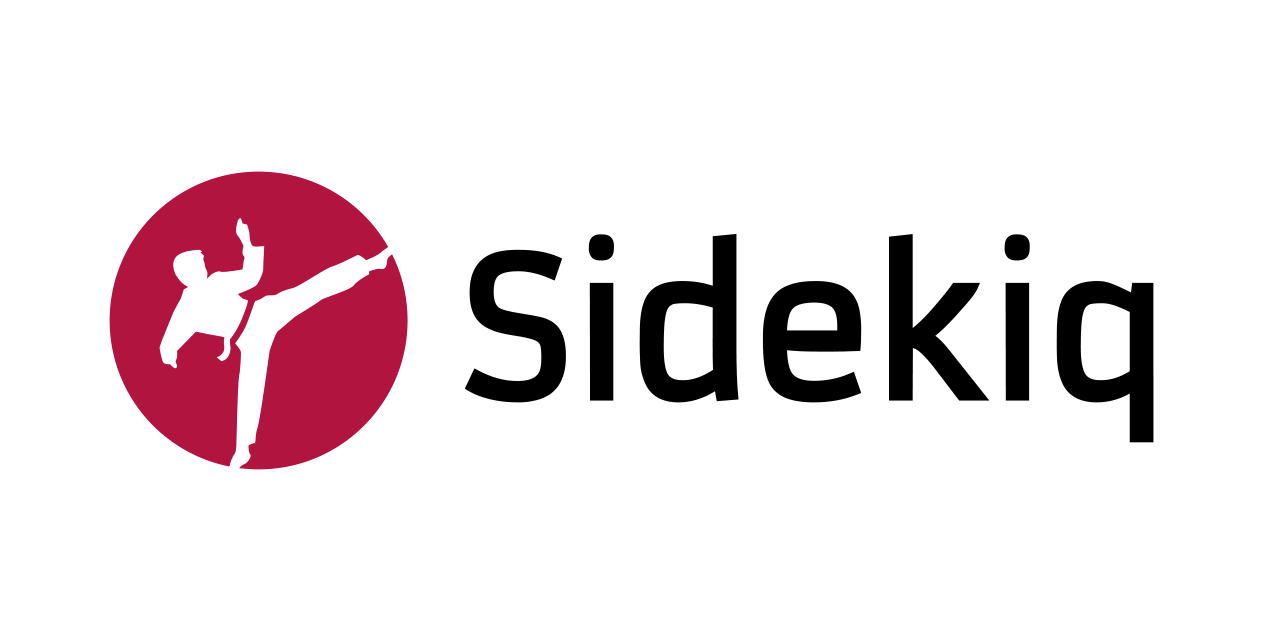Challenges

The project faced several significant challenges. One of the primary difficulties was **designing a scalable matching algorithm** that could accurately connect freelancers with relevant companies based on skill sets, availability, and job preferences. This required a system that was both precise in its recommendations and flexible enough to handle a wide range of user needs.
Another challenge was **ensuring cross-platform responsiveness**. The platform had to perform consistently across various devices and screen sizes, necessitating thorough testing for responsiveness and the application of mobile-first design principles to deliver a seamless experience for all users.
**Managing asynchronous communication** was also a key challenge, particularly in implementing a reliable and user-friendly appointment and notification system. Handling asynchronous processes and integrating third-party services for email notifications required careful coordination to ensure timely and accurate communication.
Finally, **maintaining real-time data accuracy** was crucial. Keeping user profiles, job postings, and appointment statuses updated without performance lags required efficient synchronization between the frontend and backend, as well as implementing data caching strategies to ensure smooth and accurate updates across the platform.
Solutions

The solutions implemented in the project included a comprehensive approach to both frontend and backend development. **Frontend screens** were created based on the provided Figma design, ensuring the user interface was aligned with the client’s vision. On the backend, **APIs** were developed to support all key functionalities, while **GraphQL** was used to efficiently handle data interactions between the frontend and backend.
To ensure scalability and reliability, the project environment was **set up on AWS**, enabling flexible resource management. A **Mailer Service** was implemented to send appointment and notification emails, enhancing communication with users. **Secure user authentication features** were added to protect sensitive user data and ensure only authorized access.
To improve performance, **caching mechanisms** were introduced on the backend, reducing load times and enhancing system responsiveness. Asynchronous processes were efficiently managed through **background jobs**, allowing for smooth operations even during high-demand periods. Finally, the **backend database** was integrated and managed to ensure seamless data storage and retrieval, supporting the platform’s functionality.
Featured Article

EN






